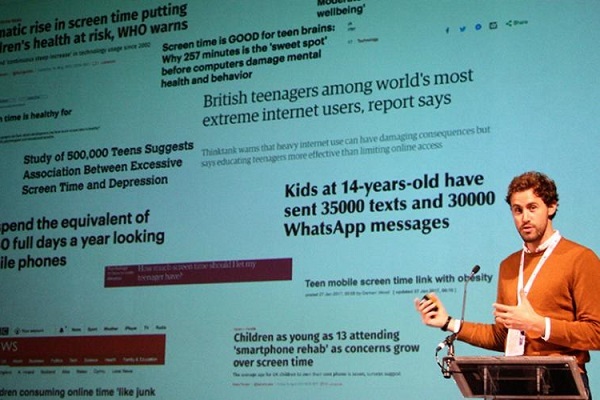News from IUCN Site navigationIUCN study identifies tree species for climate-resilient reforestationYoung people launch powerful plan to involve them in parksWCEL Oceans, Coasts and Coral Reefs Specialist Group: Update October 2018Data Deficient (DD)Least Concern (LC)Near Threatened (NT)Vulnerable (VU)Endangered (EN)Critically Endangered (CR)Extinct In The Wild (EW)Extinct (EX)Goal statistics
Species categorized as Data Deficient (DD)Species categorized as Near Threatened (NT)Species categorized as Vulnerable (VU)Species categorized as Endangered (EN)Species categorized as Critically Endangered (CR)Species categorized as Extinct In The Wild (EW)Species categorized as Extinct (EX)
2019-1
Login / Register
Contact
Terms of use
English
Japanese
French
Spanish
Advanced
More than 27,000 species are threatened with extinction
That is more than 27% of all assessed species.
Amphibians
40%
Mammals
25%
Conifers
34%
Birds
14%
Sharks & Rays
31%
Reef corals
33%
Selected Crustaceans
27%
Take action
Help us make The IUCN Red List a more complete barometer of life.
News from IUCN

IUCN study identifies tree species for climate-resilient reforestation
IUCN study identifies climate change resilient tree species in Indonesia that support threatened East Bornean orangutan populations, recommending their use in reforestation.
Read the full article on IUCN
Read the full article on IUCN

Young people launch powerful plan to involve them in parks
Reconnecting people with nature was a hot topic during Europarc 2018, the yearly conference of Protected Areas in Europe. Involving youth in our organisations is a crucial step for this, according to Europarc’s director, Carol Richie.
Read the full article on IUCN
Read the full article on IUCN

WCEL Oceans, Coasts and Coral Reefs Specialist Group: Update October 2018
The Oceans, Coasts and Coral Reefs Specialist Group has published its report in a series highlighting ongoing work under each WCEL Specialist Group.
Read the full article on IUCN
Read the full article on IUCN
See all news

Eastern Gorilla (Critically Endangered, A4bcd
ver 3.1)
What is The IUCN Red List?
Established in 1964, The International Union for Conservation of Nature’s Red List of Threatened Species has evolved to become the world’s most comprehensive information source on the global conservation status of animal, fungi and plant species.
The IUCN Red List is a critical indicator of the health of the world’s biodiversity. Far more than a list of species and their status, it is a powerful tool to inform and catalyze action for biodiversity conservation and policy change, critical to protecting the natural resources we need to survive. It provides information about range, population size, habitat and ecology, use and/or trade, threats, and conservation actions that will help inform necessary conservation decisions.
Learn more about The IUCN Red List
The IUCN Red List Categories and Criteria
The IUCN Red List Categories and Criteria are intended to be an easily and widely understood system for classifying species at high risk of global extinction. It divides species into nine categories:
Not Evaluated,
Data Deficient,
Least Concern,
Near Threatened,
Vulnerable,
Endangered,
Critically Endangered,
Extinct in the Wild
and
Extinct.
Our goals
To date, more than 98,500 species have been assessed for The IUCN Red List.
This is an incredible achievement. However, our work is nowhere near complete. We need to more than double the number of wild species (plants, animals and fungi) assessed
Our new goal is 160,000 species by 2020. Meeting this goal will provide the most up-to-date indication of the health of the world’s biodiversity to guide critical conservation action. This is only achievable with support from people like you.
Donate now
My Account
Log in
You must log in to access advanced IUCN Red List functionality. Please enter your e-mail address and password below.
or
Sign in with Facebook
Sign in with Google
Sign in with Twitter
By registering/signing up through either Facebook, Google or Twitter account, you are hereby acknowledging that you have read, and also accept the Privacy policy
Register for an account
To save searches and access a historical view of information you have downloaded you are required to register for an account.
Register now
